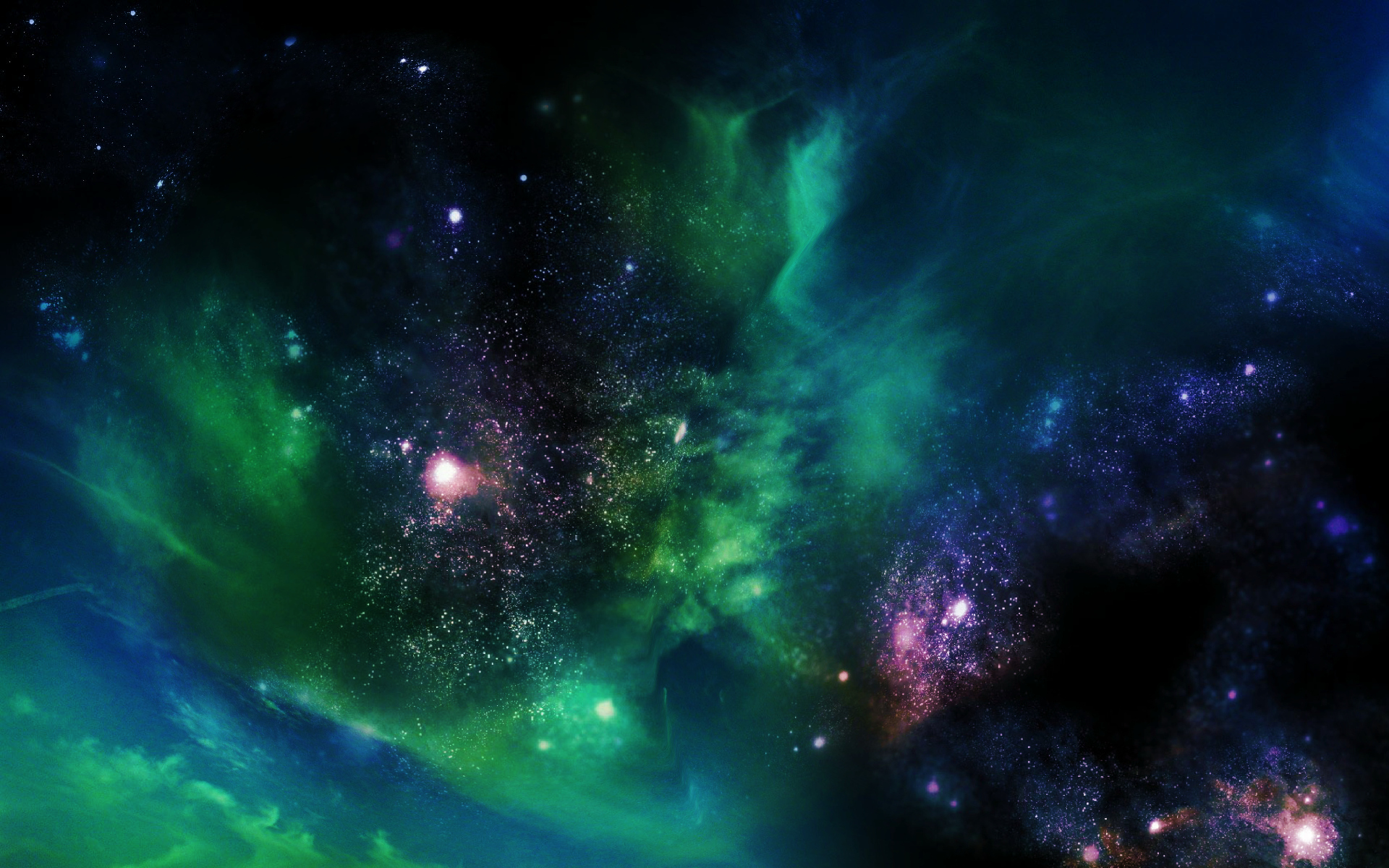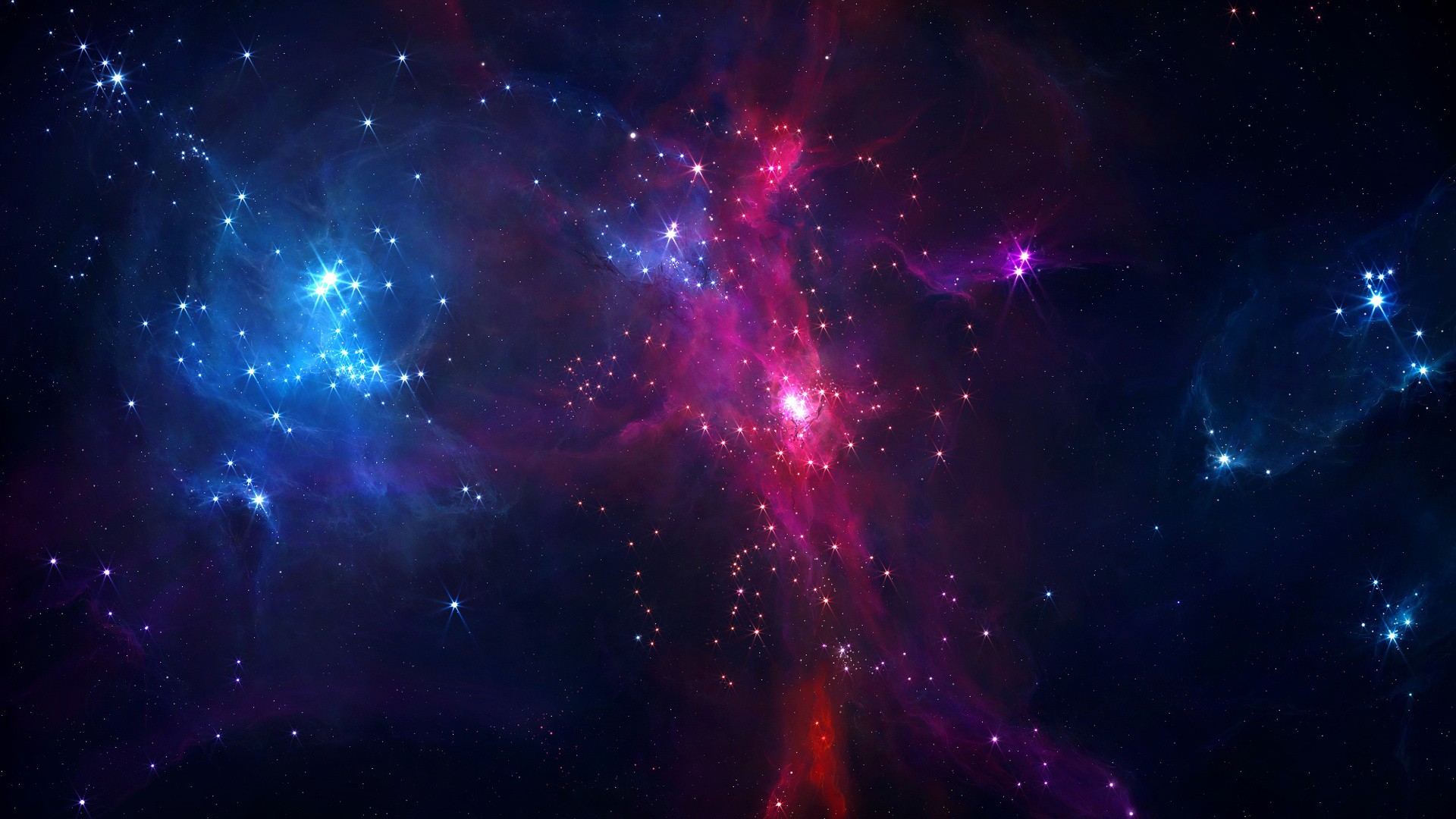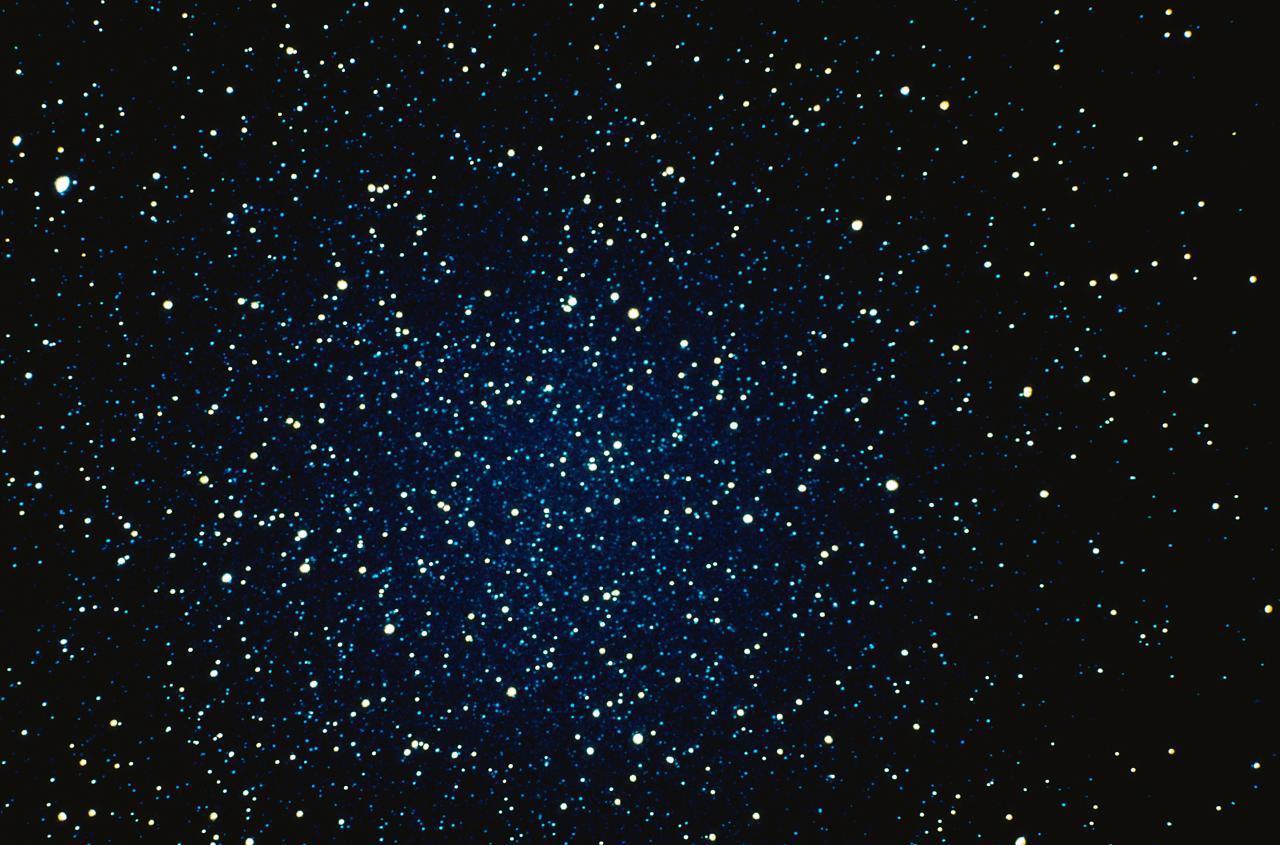
Accounting for the buildup of toxic gases predicted to occur in the atmospheres of most planets narrows the habitable zone for complex life by half and, in some cases, rules it out altogether, the study concludes.

Hopes for finding life on four rocky exoplanets relatively close to Earth have been boosted by new modelling that shows biological systems could survive the intense and prolonged bursts of X-ray and UV radiation.

A research into how life evolved on Earth has shown that water alone does not guarantee life – nor does the presence of oxygen gas. And that two other major biosignatures, carbon dioxide and carbon monoxide could be needed.

Barnard b or GJ 699 b – might have microbes or other simple life in its environment as long as there is a lot of thermal activity within the planet itself. This would theoretically provide enough energy for life to survive.

A new NASA-led study shows that Proxima b could support the existence of an ocean on its dayside, which means it could still be habitable.

Of the thousands of known exoplanets, Kepler-452b has the most ideal combination of UV light exposure and conditions for liquid water.

Scientists have shown that water is likely to be a major component of those exoplanets which are between two to four times the size of Earth. It will have implications for the search of life in our Galaxy.

US Researchers have identified more than 100 giant planets that potentially host moons capable of supporting life. Their work will guide the design of future telescopes that can detect these potential moons.

NASA’s Transiting Exoplanet Survey Satellite (TESS) has launched on the first-of-its-kind mission to find worlds beyond our solar system, including some that could support life.

Scientists have been hard at work trying to determine the densities of the TRAPPIST-1 planets, and it looks like water is abundant in the TRAPPIST system.

It’s been less than a year since astronomers detected TRAPPIST-1, a remarkable star system located 39 light years from Earth. New research suggests life could take root on at least two of these planet.

Astronomer from Puerto Rico has put together a Periodic Table of Exoplanets, where each of the 3,700 confirmed exoplanets is slotted into its own discrete category—including planets that could harbor life.

Twice as big as Earth, the super-Earth 55 Cancri e was thought to have lava flows on its surface. Now, a new analysis finds this planet likely has an atmosphere whose ingredients could be similar to those of Earth.

A recent study involving data collected by the K2 mission has revealed three possible Super-Earths around a nearby Sun-like star.

The discovery of boron on Mars gives scientists more clues about whether life could have ever existed on the planet, according to a new paper.